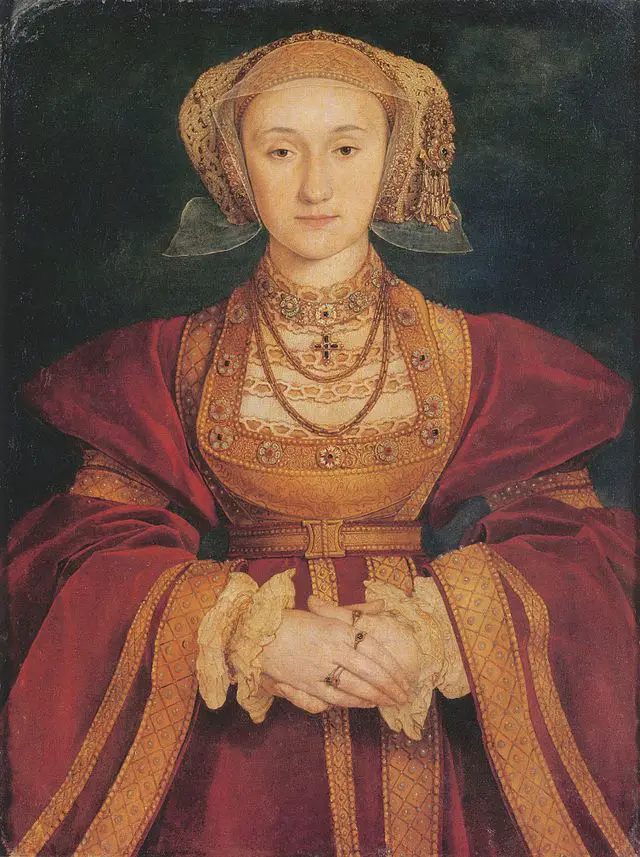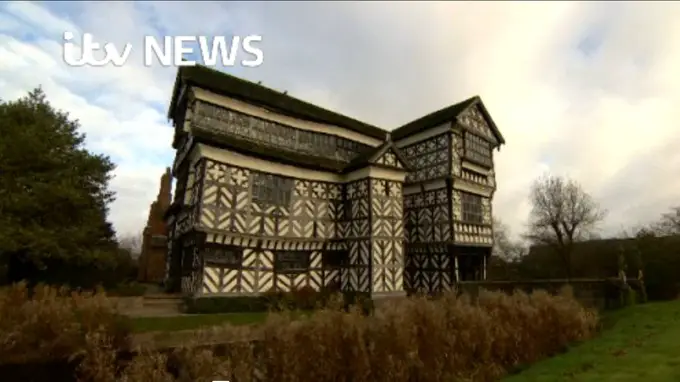 Thank you to regular contributor Heather R. Darsie for writing this interesting article on the history of the tradition of kissing under the mistletoe.
Thank you to regular contributor Heather R. Darsie for writing this interesting article on the history of the tradition of kissing under the mistletoe.
Oh, the romantic kiss under the mistletoe. The viridian, sturdy, parasitic mistletoe. Varieties of the plant are found all over the world, growing on trees and shrubs. The mistletoe eventually kills the branch of the host plant upon which it is preying, feeding on the host plant throughout the winter. Mistletoe is an Anglo-Saxon word meaning “dung twig.” So how did this plant become a holiday decoration prompting kisses?
Mistletoe was sacred to the Druids of Britain, who believed that mistletoe could heal ailments. Most commonly found on apple trees, it was thought especially divine when found upon oak trees. Mistletoe also makes an important appearance in the Norse myth of the Death of Baldur. Baldur, son of Odin, began having dreams of his impending doom. In an effort to save him, Baldur’s mother Frigg made all things in the universe swear an oath not to harm Baldur but failed to ask the mistletoe to swear so, as Frigg found mistletoe to be an innocent plant. After the oaths were given, Loki, a mischievous god, asked Frigg if everything had indeed sworn the oath. Frigg told Loki that she did not ask the mistletoe to swear the oath. Loki later tricked a blind god into shooting Baldur with an arrow made of mistletoe, which killed Baldur instantly.
Where does the kissing start? Its roots can be traced back to ancient Greece during certain celebrations, including marriages. Romans and Scandinavians, meanwhile, would resolve issues with their foes under mistletoe as a sign of peace. An evergreen, the plant was used for winter decorations in European cultures as well. For example, mistletoe was used by the Welsh as a decoration for their homes during the winter.
Eventually, the tradition of kissing under the mistletoe came about in England. Mistletoe was incorporated into the Kissing Bough, a popular decoration during Tudor times. The Kissing Bough was made of woven wooden hoops that were then hung with greenery, and a small effigy of the infant Jesus was placed in the middle. Kissing Boughs were placed by the doorway to the abode, and entrants were embraced by the household when they entered through the door by the Kissing Bough. Over time, the mistletoe became associated with kissing.
 Thought to have originated with the lower classes, the tradition at times was that a gentleman could pluck a berry from the mistletoe and kiss a lady’s cheek. Once there were no more berries, the gentleman could not request any more kisses. A lady unwittingly standing underneath mistletoe had to accept the kiss or kisses.
Thought to have originated with the lower classes, the tradition at times was that a gentleman could pluck a berry from the mistletoe and kiss a lady’s cheek. Once there were no more berries, the gentleman could not request any more kisses. A lady unwittingly standing underneath mistletoe had to accept the kiss or kisses.
Another, lesser-known English tradition involving mistletoe can be found at York Minster. Dating back to the Middle Ages, the Dean of York Minster would place mistletoe upon the High Altar, being certain to wear gloves for the ceremony. After that, a blessing of freedom was given to wicked people upon the Minster’s steps. This evolved into a general pardon of sorts given to criminals on Christmas Eve. Though it endured a hiatus in the 19th century, this tradition has been brought back to York Minster.
This holiday season keep in mind the following rhyme:
"Pick a berry off the mistletoe
For every kiss that's given.
When the berries have all gone
There's an end to kissing."
Now please excuse me; I see my sweetheart standing under the mistletoe! Happy holidays to you!
See The Anne Boleyn Files Advent Calendar today for more on the kissing bough.
Heather R. Darsie lives in the United States with her family and three parrots. She works in the legal field, with a focus on children. She obtained a Bachelor of Arts degree in German Languages and Literature, then a Juris Doctorate in American jurisprudence, and studied abroad in Costa Rica and France. Heather has always loved history. She first became acquainted with Elizabeth I when she was in middle school and chose to write a book report about her. Since then, she has always held an interest in the Renaissance and its numerous enigmatic citizens, with particular focus on the history of England and Italy. She is currently working on a book on the heraldry of Tudor women and is also researching Anne of Cleves.
Sources & Suggested Reading
- Norton, Lily. "Pucker Up! Why do People Kiss under the Mistletoe?” Originally published 21 December 2010. http://www.livescience.com/32901-why-we-kiss-under-mistletoe.html Retrieved 18 December 2016.
- “The Death of Baldur.” http://norse-mythology.org/tales/the-death-of-baldur/ Retrieved 15 December 2016.
- “Embracing and Ancient Tradition.” Yorkshire Post, originally published 22 December 2006, http://www.yorkshirepost.co.uk/news/embracing-an-ancient-tradition-1-2414439 Retrieved 15 December 2016.
- “Mistletoe: A Custom from Yules of Yore.” Originally published 18 December 2012. http://www.washingtonpost.com/wp-srv/special/metro/urban-jungle/pages/121218.html Retrieved 20 December 2016.
- “Twelve Days of Tudor Christmas: Decorations.” http://www.thetudortattler.com/2011/12/12-days-of-tudor-christmas-decorations.html Retrieved 15 December 2016.



😄